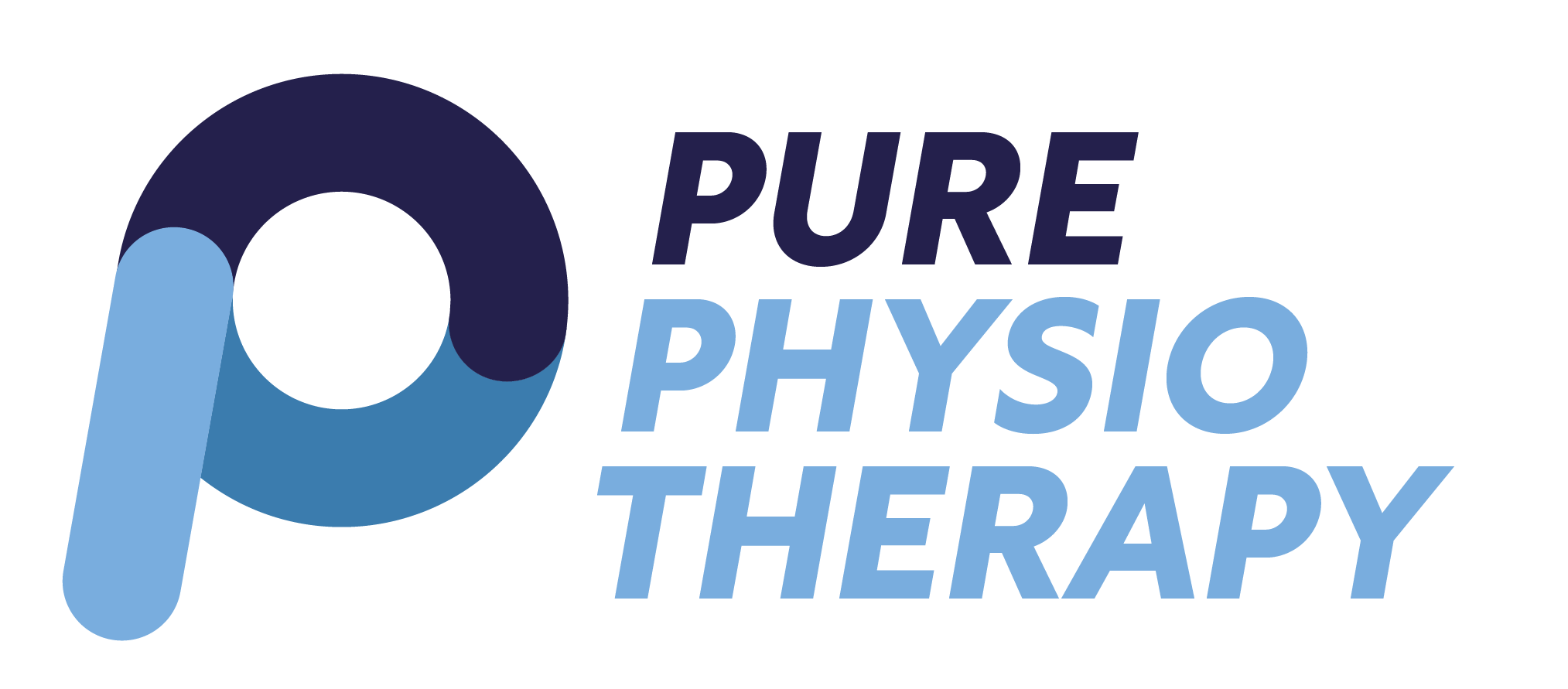What is mental health?
Mental health refers to your emotional and psychological wellbeing, otherwise known as how you think and feel. It affects how we act, handle relationships, overcome stress and our enjoyment of everyday life.
The World Health Organisation (WHO) defines mental health to be “a state of wellbeing in which the individual realises his or her abilities, can cope with the normal stresses of life, work productively and fruitfully’ (1).
Mental health is affected by many factors such as biology, social situations, psychology and environment, but it is also well known that exercise positively impacts our mental health/wellbeing.
Exercise and mental health
“Mens sana in corpore sano”
The Latin phrase “mens sana in corpore sano” translates to “healthy mind in a healthy body”. A growing body of scientific evidence shows the positive effects of physical exercise on mental health and mental wellbeing (2,3).
Physical activity can help improve your mental health in many ways including (3):
- Improving sleep patterns
- Improving your mood (exercise releases endorphins aka feel-good hormones)
- Helping to manage stress and anxiety
- Improving self-esteem
Don’t worry, physical activity doesn’t having to mean running marathons, it can also including walking to the shops, gardening and even cleaning the house.
Research has shown that poor mental health can also affect some long-term musculoskeletal conditions and chronic pain (4).
What can you do?
The UK government recommendations for exercise in adults are 2.5 hours of moderate-intensity exercise (such as brisk walking or cycling) per week or 75 mins of vigorous-intensity activity (such as running or stairs climbing) per week (or a combination of both). This equates to roughly 30 mins per day x 5 days a week. It’s also advised that you break up long periods of inactivity with light physical activity.
Where should you start?
- Set a goal. This is crucial to track your progress, but make sure it’s achievable.
- Give yourself a timeframe. Add in checkpoints along the way to monitor how you are getting on.
- What obstacles you might encounter on the way. You can put strategies in place to help you overcome obstacles and increase your chances of success.
- Start slowly. Ease in slowly and build up your ability gradually.
- Exercise with a friend. This may help with motivation and create a social aspect to keeping active.
Click here to visit our page on exercise for more information.
Useful resources
NHS fice-steps to mental health: https://www.nhs.uk/mental-health/self-help/guides-tools-and-activities/five-steps-to-mental-wellbeing/
Mind – Mental Health Charity: Physical Activity toolkit – https://www.mind.org.uk/about-us/our-policy-work/sport-physical-activity-and-mental-health/resources/mental-health-and-physical-activity-toolkit/
References
- World Health Organization. Strengthening mental health promotion. Geneva: WHO; (2001).
- Morres, ID, Hatzigeorgiadis, A, Stathi, A, et al. (2019), Aerobic exercise for adult patients with major depressive disorder in mental health services: A systematic review and meta-analysis. Depress Anxiety. 36: 39– 53. https://doi.org/10.1002/da.22842
- Callaghan, P. (2004), Exercise: a neglected intervention in mental health care?. Journal of Psychiatric and Mental Health Nursing, 11: 476-483. https://doi.org/10.1111/j.1365-2850.2004.00751.x
- Naylor C, Parsonage M, McDaid D, et al. (2012), Long term conditions and mental health – the cost of co-morbidities. The King’s Fund and Centre for Mental Health 2012.


